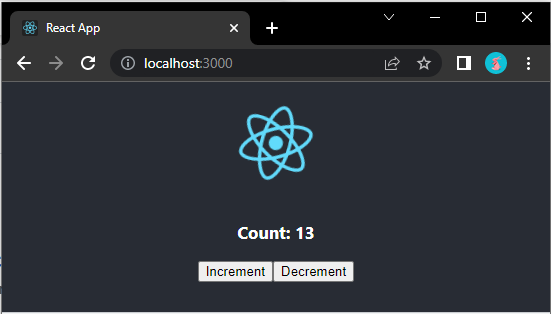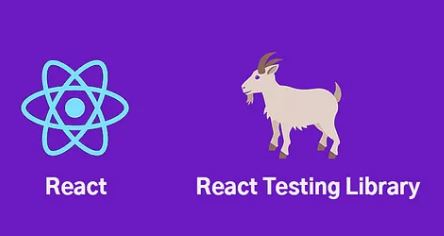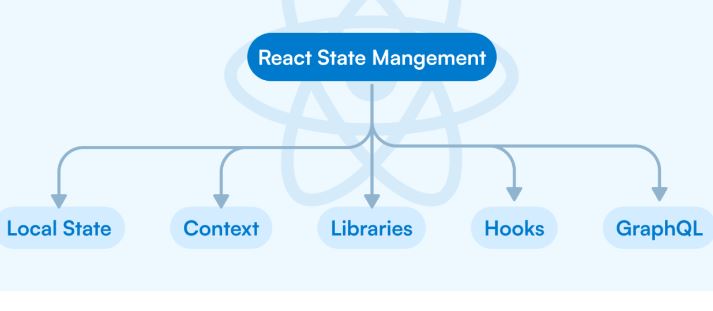Components and Props: Understanding the Backbone of React Applications
Author: neptune | 23rd-Jul-2023
React is a popular JavaScript library for building user interfaces. One of the fundamental concepts in React is the use of components and props. Components allow developers to divide the UI into small, reusable pieces, while props enable communication and data flow between these components.
In this article, we will delve into the concept of components, how to create them, and how to pass props from one component to another.
I. Understanding Components
Components are the building blocks of React applications. They are self-contained, reusable pieces of code that can be composed together to create complex user interfaces. Components can be of two types: functional components and class components.
1. Functional Components
Functional components are stateless and are defined as JavaScript functions. They take props as input and return JSX (JavaScript XML) elements that describe the UI.
Example:
import React from 'react';
const Welcome = (props) => {
return <h1>Hello, {props.name}!</h1>;
};
export default Welcome;
2. Class Components
Class components are stateful and are defined as ES6 classes. They inherit from the `React.Component` class and can maintain their state using `this.state`.
Example:
import React, { Component } from 'react';
class Counter extends Component {
constructor(props) {
super(props);
this.state = { count: 0 };
}
render() {
return <p>Count: {this.state.count}</p>;
}
}
export default Counter;
II. Creating Components
To create a component, we use the `React.createElement` or JSX syntax. JSX provides a more declarative way of defining components and is widely used in the React community.
Example of JSX:
import React from 'react';
const Greeting = (props) => {
return <h2>Welcome, {props.name}!</h2>;
};
export default Greeting;
III. Passing Props
Props (short for properties) allow data to be passed from parent components to child components. They are read-only and help maintain the immutability of data in React.
1. Parent Component:
import React from 'react';
import Greeting from './Greeting';
function App() {
const name = 'John';
return (
<>
<Greeting name={name} />
</>
);
}
export default App;
2. Child Component:
import React from 'react';
const Greeting = (props) => {
return <h2>Welcome, {props.name}!</h2>;
};
export default Greeting;
In this example, the parent component `App` passes the `name` prop to the child component `Greeting`. The child component then uses this prop to display a personalised greeting.
Final Result:
You can clone and Run the complete code available in Github in passing-props branch.
IV. Nesting Components
Components can be nested inside each other to create complex UI structures. Each component can pass props to its children, allowing data to flow down the component tree.
Example:
import React from 'react';
const Book = (props) => {
return (
<div>
<h3>Title: {props.title}</h3>
<p>Author: {props.author}</p>
</div>
);
};
const Bookshelf = () => {
return (
<div>
<h2>My Bookshelf</h2>
<Book title="React in Action" author="Mark T. Thomas" />
<Book title="JavaScript: The Good Parts" author="Douglas Crockford" />
</div>
);
};
export default Bookshelf;
In this example, the `Bookshelf` component nests the `Book` component twice, passing different props to each instance of the `Book` component.
Final Result:
You can clone and Run the complete code available in Github in nested-component branch.
Conclusion
Components and props form the core of React development. Understanding how to create components and pass data between them using props is essential for building scalable and maintainable React applications. By breaking down complex UIs into smaller, reusable components, React empowers developers to create dynamic and interactive user interfaces with ease. So, go ahead and experiment with components and props in your React projects, and unlock the full potential of this powerful library.
Happy coding!
#JavaScript #AI #Python #Hackerrank #Motivation #React.js #Interview #Testing #SQL #Selenium #IT #LeetCode #Machine learning #Problem Solving #AWS #API #Java #GPT #TCS #Algorithms #Certifications #Github #Projects #Jobs #Django #Microservice #Node.js #Google #Story #Pip #Data Science #Postman #Health #Twitter #Elon Musk #ML
 React: Slideshow App | Fresco Play Hackerrank
React: Slideshow App | Fresco Play HackerrankAuthor: neptune | 05th-Nov-2023
#React.js
One interesting project that showcases these qualities is the Slideshow App, a simple yet impactful application that allows users to navigate through a collection of slides...
 Managing Virtual Environments in React JavaScript Projects
Managing Virtual Environments in React JavaScript ProjectsAuthor: neptune | 28th-Jun-2023
#JavaScript #React.js
Virtual environments are a valuable tool in React JavaScript projects as they allow developers to isolate dependencies, manage package versions, and maintain project consistency...
 Create Your First App in React with Redux | Counter app
Create Your First App in React with Redux | Counter appAuthor: neptune | 30th-Mar-2023
#React.js
Creating your first app in React can be a daunting task, but with the right guidance, it can be a fun and rewarding experience. Will guide you to create a counter app in React with redux...
 Essential Topics to Master React JS
Essential Topics to Master React JSAuthor: neptune | 21st-Feb-2024
#React.js
A Comprehensive Guide to Components, State, JSX, Event Handling, Routing, Redux, Hooks, Testing, Performance Optimization, and Server-Side Rendering...
 Different ways to handle state in React applications
Different ways to handle state in React applicationsAuthor: neptune | 21st-Jun-2023
#JavaScript #React.js
This article explores different ways to manage states in React, including local component state, context API, and state management libraries like Redux...
 React.js vs React Native – What's the Difference?
React.js vs React Native – What's the Difference?Author: neptune | 26th-Mar-2023
#React.js
React.js and React Native are both frameworks developed by Facebook for building user interfaces. However, they are not the same and have different use cases...
 Why React Refuses to Die ?
Why React Refuses to Die ?Author: neptune | 01st-Jun-2023
#React.js
React's success stems from addressing UI development challenges, nurturing a vibrant ecosystem, and its demand in the job market. Challenges exist, but React continues to evolve and remain relevant...
 Opportunities - React Django Developer
Opportunities - React Django DeveloperAuthor: neptune | 14th-Apr-2023
#React.js #Django
React Django stack is popular for building web applications. Opportunities for React Django developers in Full Stack, Web, and Software development roles...
 Arrow Functions in JavaScript | ES6
Arrow Functions in JavaScript | ES6Author: neptune | 26th-Mar-2023
#JavaScript #React.js
In this article, we will explore the syntax and usage of arrow functions in detail, along with some examples...
 😱 How React Kicks Off OOPs ? 😱
😱 How React Kicks Off OOPs ? 😱Author: neptune | 01st-Jun-2023
#React.js
React kicks off OOPs by replacing inheritance with composition, achieving code reuse and modularity while promoting functional programming...
 Celebrating 10 Years of React: A Decade of Innovation
Celebrating 10 Years of React: A Decade of InnovationAuthor: neptune | 01st-Jun-2023
#React.js
React celebrates its 10th anniversary, revolutionizing frontend development with its innovative concepts, ecosystem growth, and impact on mobile development...
 How to Perform Unit Testing in React Components with Examples?
How to Perform Unit Testing in React Components with Examples?Author: neptune | 25th-Jul-2024
#JavaScript #React.js
Unit testing in React is an essential practice to ensure the reliability and robustness of your components...
 Do you know ! How to manage State in Functional & Class Components in React ?
Do you know ! How to manage State in Functional & Class Components in React ?Author: neptune | 25th-Jul-2024
#JavaScript #React.js
State management in React has evolved significantly with the introduction of Hooks...
View More